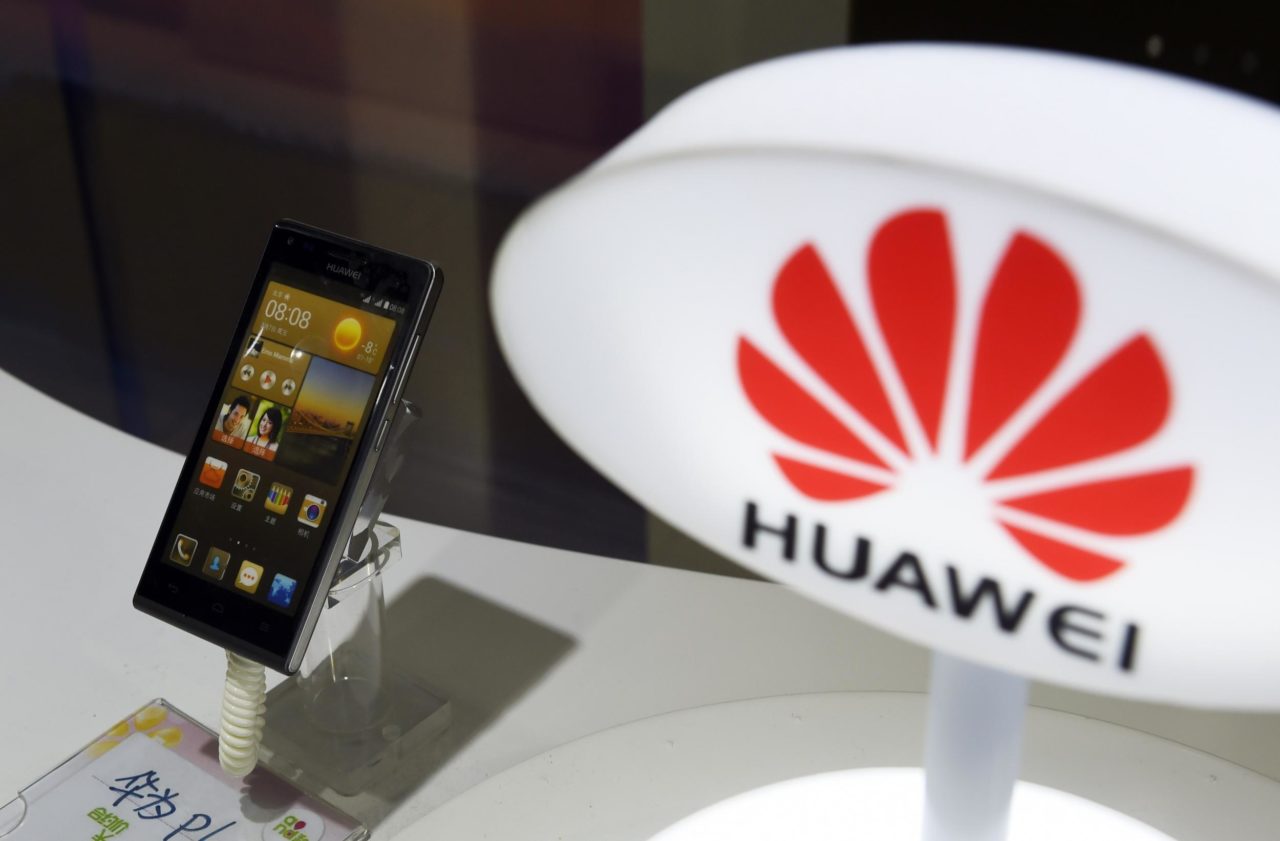
Back in early 2016, the head of Huawei’s consumer division, Richard Yu, said that in five years Huawei would be the top smartphone manufacturer in the world. In 2015, the company had delivered 104.1 million handsets worldwide and had become more familiar to Americans thanks to the Nexus 6P. Huawei and Google teamed up to produce the device. Things did not go well for Nexus 6P users as they suffered from a boot looping problem and another issue that drained the battery so fast that the device would just shut down.
Thanks to a settlement of a class-action lawsuit, Nexus 6P owners who suffered through both issues received $400 while owners of the phone who had no issues received $29.11 each. In retrospect, the Nexus 6P release was the start of Huawei’s problems in America. But Huawei still had its eyes on the prize; in November 2018, Yu once again expressed Huawei’s goal of topping Apple and Samsung and had it not been for the actions taken by the U.S. to quash Huawei’s momentum over the last year, the company could be on the way to replacing Samsung on the throne.
Because of Huawei’s perceived ties to the communist Chinese government, last year the company was placed on the Commerce Department’s Entity List which prevents Huawei from accessing its U.S. supply chain; in 2018, Huawei spent $18 billion buying supplies in the U.S. While Huawei is able to find workarounds for many of the components it once sourced from the U.S., it cannot find a replacement for the Google Mobile Services version of Android. Unable to sign a licensing deal with Google, the latter’s core Android apps like Search, Gmail, Maps and YouTube are not allowed to run on Huawei’s domestic models including last year’s Mate 30 flagship line and this year’s P40 series. This doesn’t matter inside China where Google’s apps are banned anyway but does hurt sales of global models.
Huawei’s rotating chairman Eric Xu said that in 2019, the company fell short of its internal revenue estimate by $12 billion dollars. Most of that shortfall came in the consumer division which includes smartphones. Still, last year Huawei shipped 240 million handsets, 17% more than the 205 million it delivered in 2018 allowing it to top Apple and become the second-largest smartphone manufacturer in the world. But the Chinese manufacturer’s market share declined from the 18.9% it achieved during the first quarter of 2019 to 15.2% during the fourth quarter of 2019. Huawei’s slice of the global smartphone pie rose to 17.8% during this year’s first three months, but it was still lower than the company’s share during the same quarter one year earlier.
And then on the anniversary of its inclusion on the Entity List, the U.S. landed an even harder blow to Huawei by changing an export rule. Now, any foundry that uses American technology to produce chips for Huawei and its HiSilicon unit must obtain a license to ship those chips to the company. This is aimed mostly at TSMC, the largest independent foundry in the world. The company can still ship chips to Huawei made from wafers in production on May 15th but they must be delivered by the end of the second week of September. Huawei hopes that this will allow it to receive enough cutting-edge chips for it to build enough units of its flagship Mate 40 series to carry it through the year.
Data indicates that Huawei’s game plan is to aim for huge success in its home market where its Q1 2020 share has risen to 42.6% from 35.5% during last year’s first quarter. And it also has found success selling older models outside of China; these models are old in the sense that they were originally released prior to the bans and are allowed to run Google’s Android apps. This has allowed the firm to raise its market share in central and eastern Europe according to Counterpoint Research. And IDC says that during the second quarter, Huawei increased its market share in Latin America on an annual basis. IDC’s Bryan Ma, vice president of devices research for the researcher says, “In mature markets outside of China, the lack of Google services is a big problem for its flagship phone ambitions. Huawei can temporarily get around it by focusing on older, lower-end models in selected developing markets, but that can only go so far.”
Already, there are signs that in Western Europe, Huawei’s homegrown competitors like Oppo and Xiaomi are taking advantage of the fact that their newer and more powerful phones can run Google apps and Google Mobile Services. In Western Europe, Huawei’s market share fell during the first quarter from 24.3% last year to 18.2% this year. During the second quarter in India, Huawei’s share declined from 3.4% in 2019 to 0.4% in 2020.
With this in mind, it would appear that Samsung won’t have to worry about its reign as the top global smartphone manufacturer coming to an end this year.

